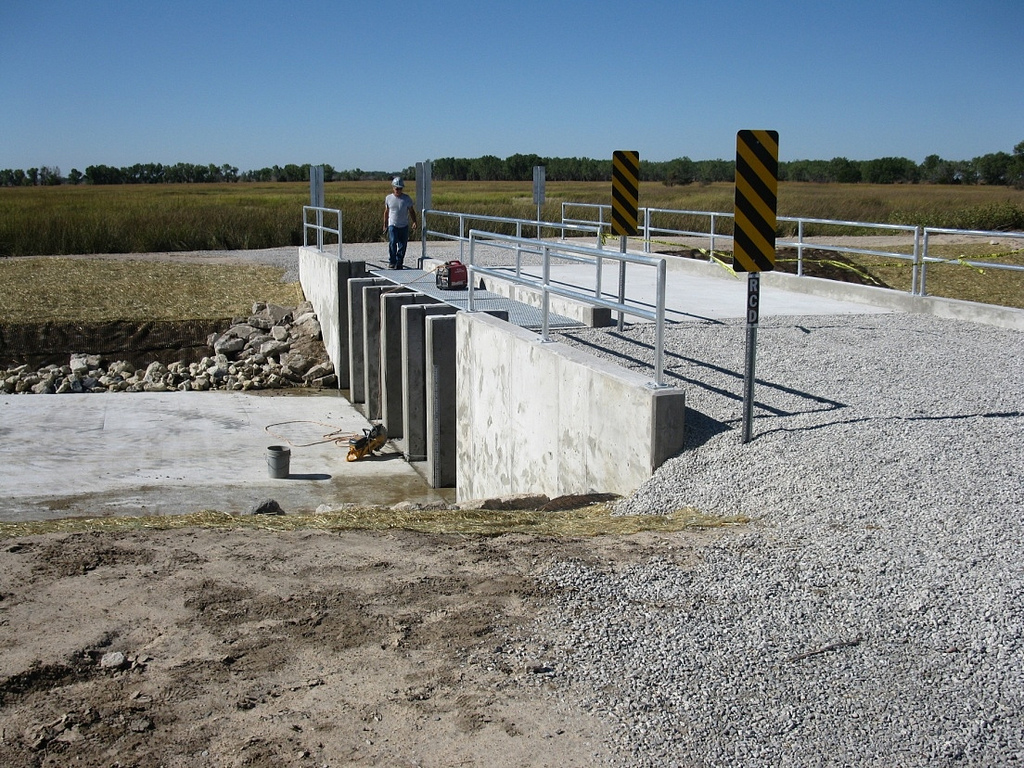
Water is necessary to sustain life. Thanks to modern infrastructure, people are able to access water from inside homes, hospitals, schools, retail establishments and virtually any other building. However, when water isn’t treated effectively, or when the equipment that comes into contact with it isn’t properly cleaned, the water delivered may contain dangerous pathogens capable of causing illness in humans. Several types of waterborne pathogens can proliferate in water supplies, including Legionella pneumophila, Pseudomonas aeruginosa, Mycobacterium avium, Acenotobacter baumannii, Strenotrophomonas maltophilia, Aspergillus and Cladosporium.
Legionella Pneumophila
Legionella pneumophila is a type of bacteria that causes a serious infection known as legionellosis, or Legionnaires’ disease. According to the National Institutes of Health, this disease is contracted when a susceptible person inhales mist that contains the bacteria. Common sources of infection include showers, hot tubs and air conditioning units. Symptoms of legionellosis include high fever, shortness of breath, muscle aches and cough. Legionellosis often requires hospitalization and my result in death.
Pseudomonas Aeruginosa
Pseudomonas aeruginosa is a bacterium commonly found in the environment. It often causes blood, lung or skin infections in people who have weakened immune systems. However, when it is present in water, it can infect healthy people as well. In such cases, ear infections and skin rashes are the most common manifestation of infection with Pseudomonas aeruginosa.
Mycobacterium Avium
According to the Journal of the American Medical Association, waterborne Mycobacterium avium can cause infection when ingested or inhaled, particularly among people who have AIDS. Symptoms of this serious illness include coughing, diarrhea, fever, anorexia, weight loss and more. Because of the bacteria’s resistance to traditional antibiotics, treatment for this type of infection is often complicated.
Acinetobacter Baumannii
Acinetobacter baumannii is another type of bacteria found commonly in both soil and water. According to the Centers for Disease Control, these bacteria most frequently causes infections in healthcare settings. Infections outside of healthcare settings may occur, but they are rare. Treatment of Acinetobacter Baumanni can be difficult, as these bacteria has become resistant to multiple drugs.
Strenotrophomonas Maltophilia

Aspergillus
Aspergillus is a fungus that causes an infection known as aspergillosis. This infection is most common among people who have weakened immune systems or preexisting conditions that affect their lungs. Aspergillosis causes symptoms similar to pneumonia, such as fever, cough, chest pain and shortness of breath.
Cladosporium
Cladosporium is a rare cause of infection in humans. However, in some cases, it has caused infections of the brain, sinuses, eyes and skin. Cladosporium is often found in moist air, but may also be present in improperly treated water supplies.
Managing Waterborne Pathogens
Because all of the pathogens listed above are capable of proliferating in water supplies, all water supplies must be treated in order to remove them. In addition to treating the water itself, managers of water supplies must also keep their equipment clean and free of biofilms, which are groupings of microorganisms that have adhered to one another and/or a surface. Furthermore, according to the World Health Organization, the minimum standards used to treat and distribute drinking water to the general public are not strict enough for the treatment and management of water utilized in healthcare settings. Patients exposed to water in healthcare settings often have compromised immune systems, which means that they may contract illnesses from pathogens that are unlikely to infect healthier people. Thus, hospitals, clinics and other facilities that care for patients should work even harder to ensure that all pathogens are eliminated from their water supplies. Sources: Photo credit: USFWS Mountain Prairie / Foter / CC BY Photo credit: AJC1 / Foter / CC BY-SA http://www.nlm.nih.gov/medlineplus/legionnairesdisease.html http://www.cdc.gov/hai/organisms/pseudomonas.html#a6 http://www.infectioncontroltoday.com/articles/2014/09/managing-the-risk-of-waterborne-hais.aspx http://jama.jamanetwork.com/article.aspx?articleid=376359 www.cdc.gov/HAI/organisms/acinetobacter.html http://www.cdc.gov/fungal/diseases/aspergillosis/symptoms.html

